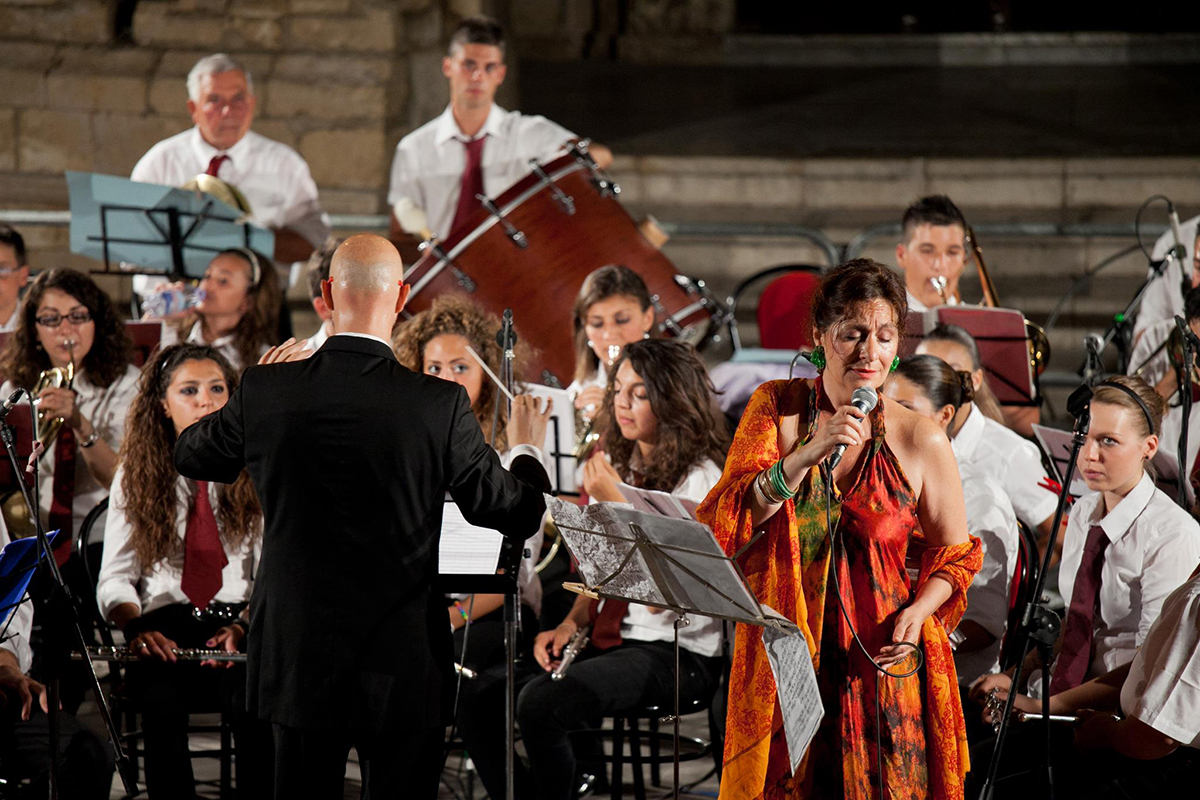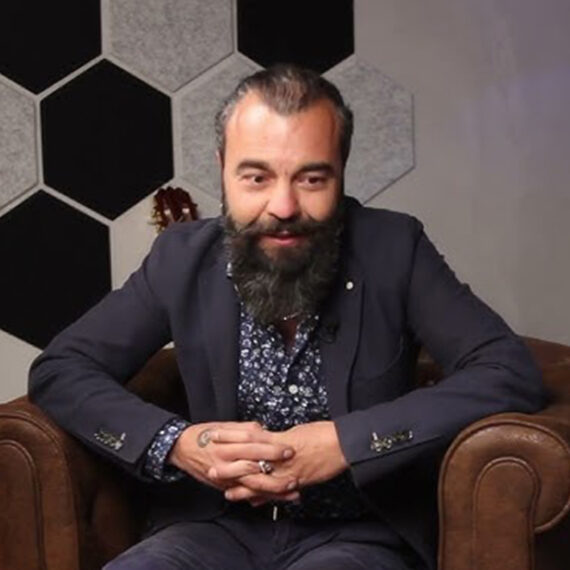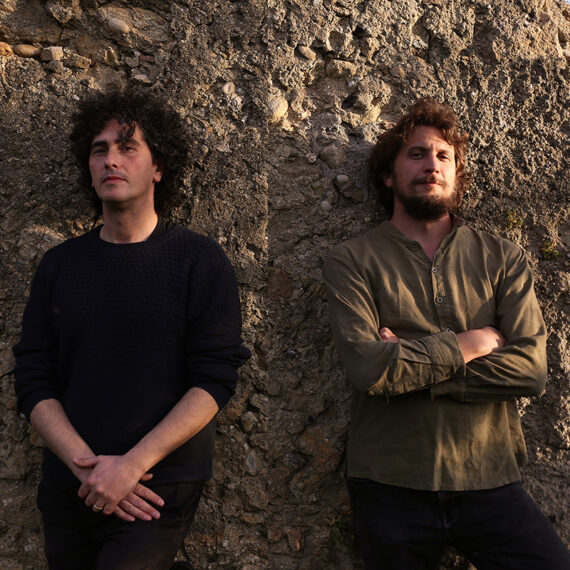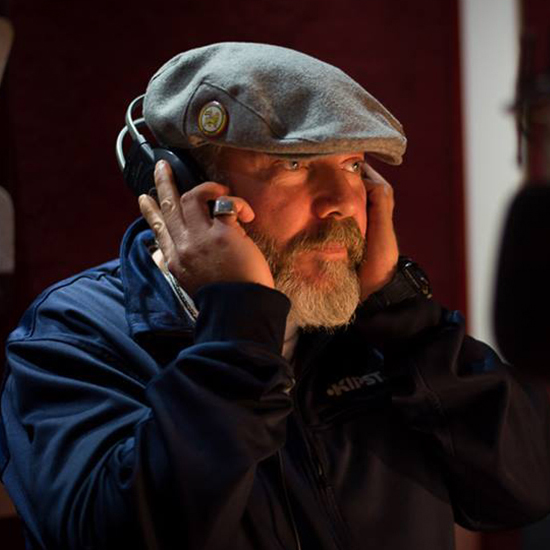Rita Botto e la Banda di Avola

The origins of the Avola Band are lost in the Bourbon nights, but it was only in 1996 that it was reformed thanks to the efforts of Maestro Sebastiano Bell’Arte. For some years now, it has been one of the most important and original musical realities in Sicily, revolutionizing the concept of a music band. While popular orchestras once had the role of introducing everyone to the music that was a privilege only for those who could afford a stage at the opera, thanks to arrangements for bands of many masterpieces by Verdi, Rossini, Bellini, and Mascagni, the Avola Band aims to rediscover and safeguard popular traditions. “In our repertoire, we also have La Traviata, Cavalleria Rusticana, or compositions for bands, as well as singer-songwriters, jazz. Still, thanks to the meeting with Roy Paci, we understood the importance of staying connected to our traditions. With the Banda Ionica, I recorded a CD of funeral marches that drove the audience crazy at concerts we held in France, Austria, Germany, and Northern Italy.”
From the encounter with the eclectic trumpeter from Augusta in 2002 emerged “’A banna,” the first discographic venture of the Avola Band. Then came collaborations with Lello Analfino of Tinturia, Giovanardi of La Crus, Mirco Menna, and other Sicilian artists. Until the encounter with the “priestess” Rita Botto, guardian of the oldest popular roots, with whom a sort of partnership was born in 2012. Together, they reworked pieces from the oldest Sicilian tradition and from Rosa Balistreri, performing at the Night of Giufà in Noto. They recorded the CD “Terra ca nun senti,” produced by Roy Tarrant for the Recording Arts record label, featuring twelve tracks of Sicilian tradition. A perfect album that tells the meeting of two important realities of Sicilian music: the sound of a band, characterizing popular festivals and sacred and processional tradition, with the magnificent vocal cords of Rita Botto, a true Catania-born heir to a culture full of charm that has never renounced the distant past of ancient music, nor the recent one with collaborations with Franco Battiato, Carmen Consoli, Lautari, Kaballà, Roy Paci. Also noteworthy are her homage (also renewed in this work) to the greatness of Rosa Balistreri, a stellar voice of island folk, as well as cultured contaminations with Arab music.
The opening is of absolute tradition with “A virrinedda” (also covered by Balistreri) and the famous “Mi voto e mi rivotu,” echoing Rossini and Moses (“Dal tuo stellato soglio”) but also much sacred and popular music that inspired Bellini’s unforgettable pages. There are marches (beautiful “Don Nuzzo” and “Fatti li fatti toj” by Maestro Bell’’Arte and Botto herself) and nursery rhymes like “Me mugghieri unn’avi pila” and “Mamma vi l’aiu persu lu rispettu” by Balistreri that are full with the superb “Terra can un senti,” for which a masterful version rich in lyricism and melodrama is offered, reflecting also in the beautiful “Amuri Amuri.” In conclusion, the classic “Cantu e cuntu,” a perfect synthesis of an immortal art that we all have the duty to defend and not forget.
With this album, in 2014, Rita Botto and the Avola Band won the National Award City of Loano for traditional Italian music. A snippet of the music video for “Cantu e cuntu,” one of the album’s tracks, has been included among other video excerpts of illustrious Sicilians (Giovanni Falcone, Paolo Borsellino, Leonardo Sciascia, Ignazio Buttitta, Franco e Ciccio, Peppino Impastato, Rosa Balistreri, Giuseppe Tornatore), in a video show representing the beauty of Sicily and launched into the stratosphere at over 30,000 km altitude.



